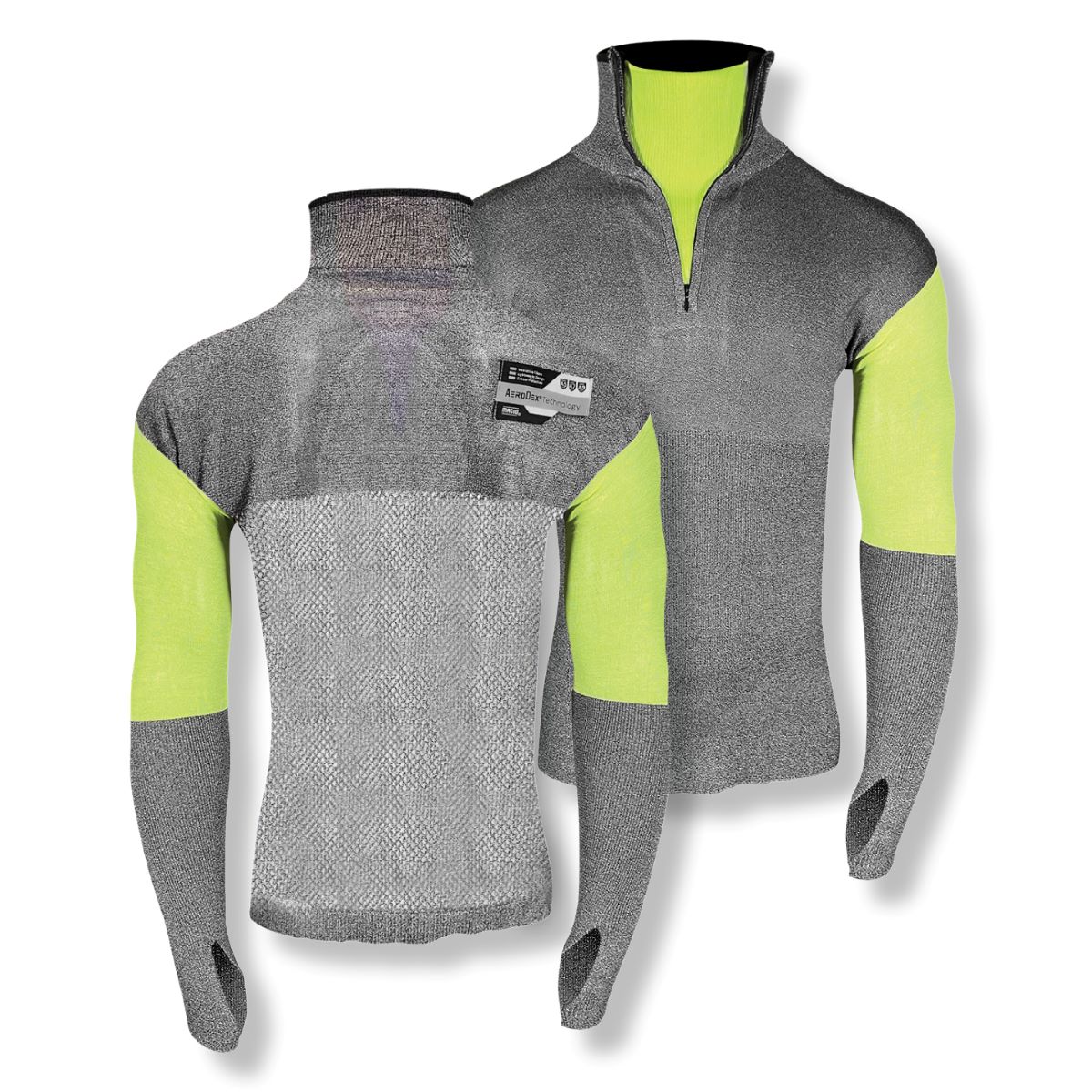7 Glass Manufacturing Heat Safety Myths
Heat illness is 100% preventable, so take every step necessary to keep your glass workers safe in the heat

The increased focus on heat safety in the workplace is a welcome change that saves lives. But for workers in hot indoor facilities like glass manufacturing plants, it can feel like all the emphasis is on outdoor work. Hot indoor environments can be just as dangerous and fraught with avoidable heat safety misconceptions. Here are seven indoor heat safety myths to watch for.
Myth #1: Indoor facilities don’t get hot enough to cause severe heat illness.
If you work in a non-air-conditioned glass plant or in a climate where the air conditioning has trouble keeping up, we’re betting you already knew this one was false. While none of the risks below are exclusive to indoors, any of the following can increase your workers’ likelihood of indoor heat illness, up to and including heat stroke.
Heat and humidity. Consider heat and humidity when you schedule breaks and cooling measures since humidity impedes the body’s ability to release heat through sweating.
Heavy exertion. Hard work coupled with high facility temperatures can be deadly as workers accumulate heat internally and externally.
Heavy machinery/radiant heat. Heavy machinery churning away in your facilities can act like little indoor suns, throwing off heat and increasing danger for your workers.
Confined spaces. Workers in small, enclosed areas may be at higher risk of overheating due to poor air quality.
Medication and alcohol. Even medications as common as over-the-counter allergy medicine or having a few beers at a party the night before can lower a person’s ability to regulate body heat.
Underlying health conditions. Heat safety isn’t one-size-fits-all. Medical conditions like high blood pressure, diabetes or being overweight can increase the likelihood of heat illness.
Myth #2: You can pick just one spot to measure the temperature in your facility.
Things like hot machinery, airflow, the size of a space and the number of people working in a space can make heat safety hazards very different in one area of your facility versus another.
Use a wet bulb globe temperature monitor indoors and outdoors to measure air temperature, humidity, radiant heat and airflow in various locations. This small but powerful device gives you a much more accurate measure of the actual heat load in various areas than a standard thermometer can.
Myth #3: Air-conditioned breakrooms prevent heat illness.
The availability of nearby air conditioning is one advantage of hot indoor work over hot outdoor work. But air-conditioned break and lunchrooms will only help prevent heat illness if workers can access them at frequent intervals. If you wait for symptoms of heat illness to appear, you already need more interventions.
As indoor temperatures rise, increase the number of air-conditioned breaks in the day and create body-cooling stations in these areas with cold cotton towels in refrigerators or freezers.
Ensure employees whose jobs require extensive PPE or other gear have time to remove it, cool down, and put it all back on properly within their break times without rushing.
Myth #4: Body cooling PPE is only for outdoor work.
Since most of the workday is spent not on an air-conditioned break, provide body-cooling PPE that workers can activate and reactivate throughout the day. Specialty cooling garments are designed to harness the natural power of evaporation for cooling without the need for chemical coatings that can make other products feel slimy. Able to be activated repeatedly on the job with any water temperature, these materials cool to as low as 30 degrees Fahrenheit below average body temperature in under a minute and stay cool for up to two hours.
Myth #5: Hazardous work requires heavy PPE, and getting overheated is part of the job.
This myth is common as the dangers in glass plants sometimes require almost full-body coverage for safety. But new technologies and manufacturing techniques have made bulky, itchy protective clothing a thing of the past.
Cut-resistant protective tops are now available that are 30% lighter weight while providing the highest ANSI Level A9 cut levels. New sleeves and gloves on the market also provide ANSI A9 protection and are paired with new glove-coating technologies and cut-resistant materials that can eliminate the hot and uncomfortable practice of double-gloving.
Myth #6: Workers have more access to water in indoor facilities, and everyone is hydrated, so heat illness isn’t a concern.
It’s essential to address the fact that, in many facilities, workers do not have adequate access to hydration throughout the day, and managing this should be job one. But on top of that, a crucial heat safety lesson that many environmental health and safety professionals miss is that even well-hydrated workers can suffer any heat illness, up to and including heat stroke.
A worker in a hot environment, exerting heavily, covered in PPE will need more than hydration alone to prevent heat illness.
Myth #7: Getting someone into a cool room is adequate to treat heat illness.
Getting a sufferer into a cooler environment is just one weapon in your arsenal against the damage that heat illness can cause. Pay attention to the symptoms the victim is showing and treat accordingly.
Heat illness is 100% preventable, so be sure you’re taking every step necessary to keep your glass workers safe.





